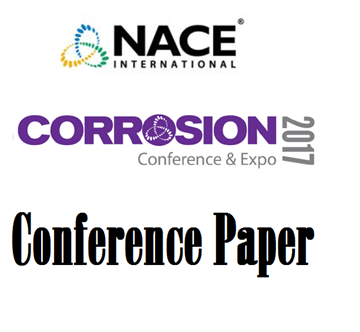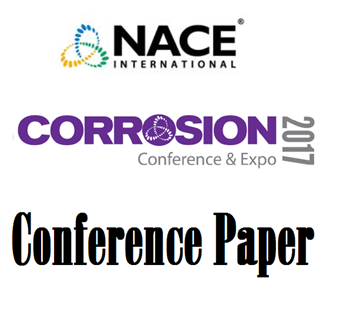Search
Products tagged with 'fatigue'
View as
Sort by
Display
per page
Fatigue Crack Initiation In Zr-2.5Nb Tested In Heavy-Water At 300°C
Product Number:
ED22-17233-SG
Publication Date:
2022
$20.00
Fatigue Properties of Zirconium and Zirconium Alloys and their Application in Design and FFS
Product Number:
51323-19188-SG
Publication Date:
2023
$20.00
Fusion Bonded Joint: A Fatigue Friendly Connector for Cost Efficient Plastic Lined Pipe Installation and Operation
Product Number:
MPWT19-14415
Publication Date:
2019
$0.00
Investigating the Application of the Effective Area Approach to Estimating Fatigue Life
Product Number:
51324-21053-SG
Publication Date:
2024
$40.00
Monitoring Rebar Corrosion Propagation Embedded in Concrete
Product Number:
51317--9094-SG
ISBN:
9094 2017 CP
Publication Date:
2017
$20.00
Specifying Corrosion Protection for the Offshore Wind Turbine Industry
Product Number:
51317--9091-SG
ISBN:
9091 2017 CP
Publication Date:
2017
$20.00
The Optimized Inspection Approaches of PSA Adsorber Weldment Integrity with the Buried Cracks
Product Number:
51324-20689-SG
Publication Date:
2024
$40.00
ulti-Axial Fatigue Initiation Testing and Specimen Characterization of 304 Stainless Steel
Product Number:
ED22-18372-SG
Publication Date:
2022
$20.00
Understanding the Influence of Surface Condition on the Fatigue and Corrosion Fatigue Behavior of SLM718
Product Number:
51324-21234-SG
Publication Date:
2024
$40.00









